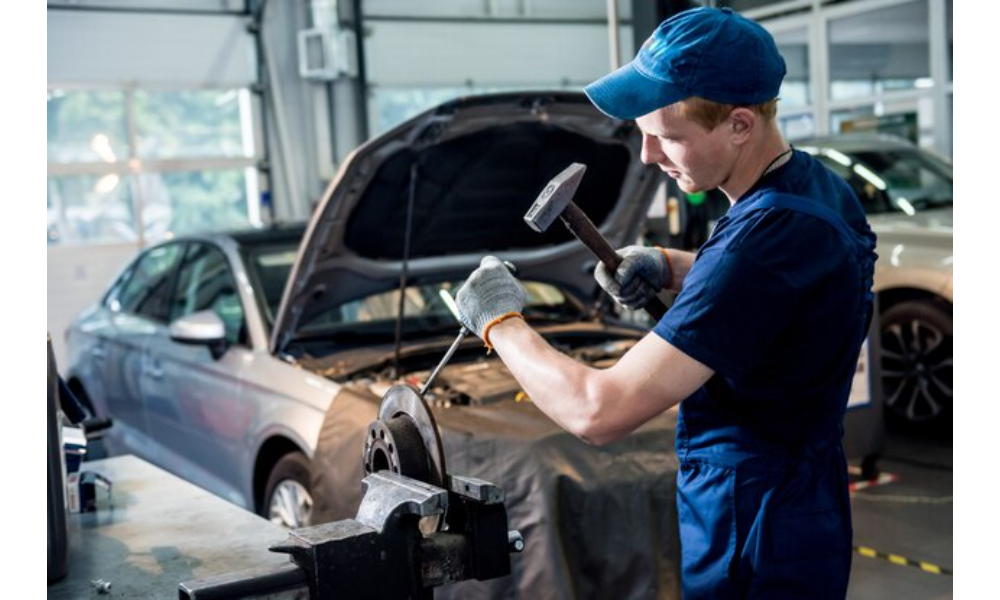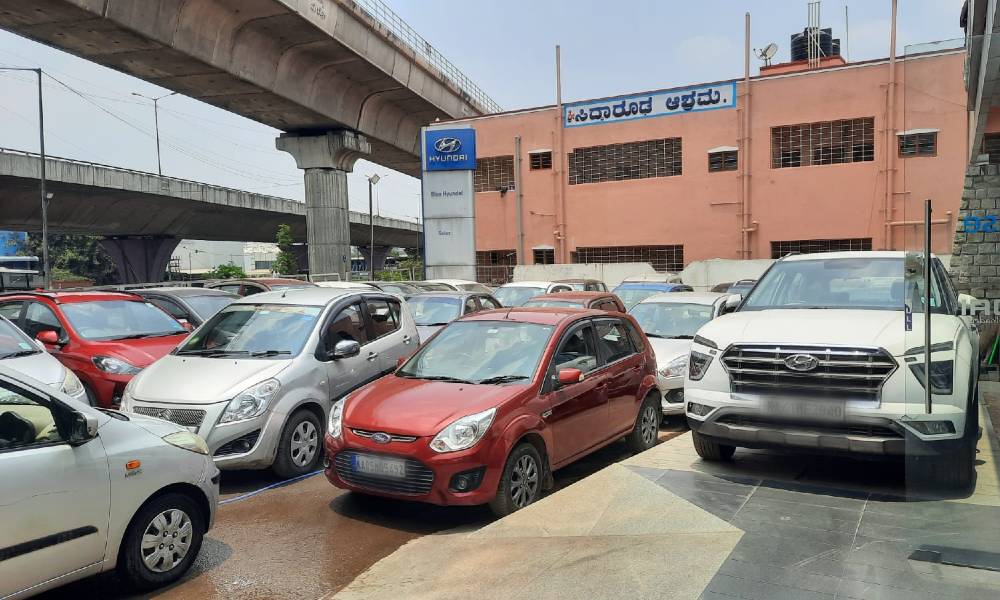The majority of vehicles today come with all-season tires that are designed to deliver dry and wet weather traction in moderate to warm weather conditions. When the outside temperature falls below the freezing point, the all-season tires are replaced with dedicated winter tires that provide more traction in snow.
All-season tires
There are two main sub-categories of all-season tires – high-performance all-season and grand touring all-season. High-performance all-season tires have sharper handling and grip the road more confidently than standard all-season tires. All-season tires are perfect for sportier cars and more aggressive drivers. Grand touring all-season tires have the lower profile look of the high-performance all-season tires but rides better.
Recently, a subset of grand touring all-season tires has emerged as an all-weather tire. Its feature includes snow traction that is comparable to pure winter tires while providing similar performance as the conventional all-season tires. In case you are interested, they have a snowflake within a mountain symbol on the tire’s sidewall.
Summer tires
Summer tires are suggested for high-performance vehicles because they are designed for speed and agility. They have specialized tread patterns that offer increased responsiveness, cornering and braking capabilities, and improved precision on the road. Some summer tires have unique tread patterns that help evacuate water to prevent hydroplaning. However, during winter conditions, it is still better to switch to winter tires for optimal traction and performance.
Winter tires
Winter tires are also called snow tires because they are designed to provide maximum traction in snow. The traction provided in slippery weather conditions cannot be matched by other kinds of tires in the market. The deeper treads that provide significant traction make you feel safe when driving in snow However, winter tires are only designed for cold weather months so that they are considered as the second set of tires.
Run-flat tires
This kind of tire has the capability to drive a short distance at low speed even if it is punctured and left without air. You can still reach home without the need to change a flat tire on the side of the road. Run-flat tires can be replaced with conventional tires if you have a spare. However, automakers that have fitted their cars with run-flat tires do not include a trunk compartment for the spare. If you have the run-flat tires, you’d better replace them with another set of run-flats.
Another decision that car owners usually face is whether to upgrade their tires. If the choice is high-performance tires, they must have the same size as the tires that are currently being used. The tires must be an exact fit to avoid rubbing on the suspension and body parts. Vehicles usually have different sizes of tires so that opting for a larger diameter wheel might work.
There are many things to consider when upgrading the tires but one thing is for certain; always buy from reputable brands. The emphasis is always on precision regardless if the tires chosen are for off-roading, daily driving, or SUV tires. Reliable winter tires are also available for harsh weather climates.





